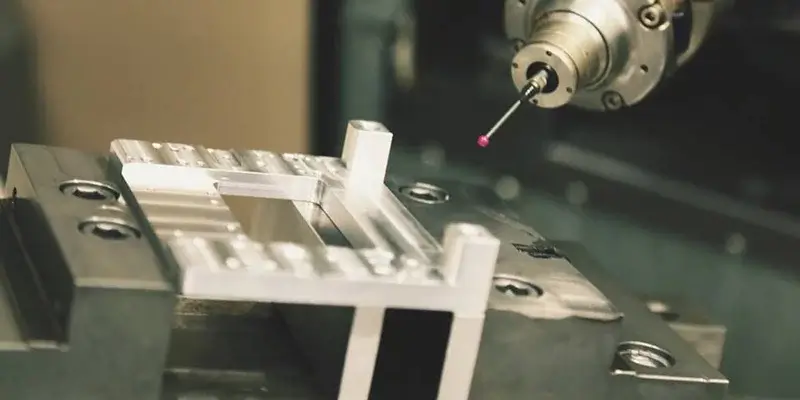The Importance of Machining Fixtures
In the dynamic world of manufacturing, machining fixtures are a big part of what has truly revolutionized the industry with custom CNC machining services.
These amazing services harness the magic of Computer Numerical Control (CNC) machining, which is like having high-tech magic where computers cleverly guide cutting-edge tools like milling machines, lathes, and routers to operate with extraordinary precision and efficiency.
They act as the backbone that holds your workpiece firmly and consistently in place during the machining process. You see, without machining fixtures, your parts will be all over the place, ruining your chances of achieving precision and repeatability.
Machining fixtures not only ensure that every part is made to exacting specifications, but they also minimize errors and increase efficiency. They reduce setup time and enable uninterrupted, automated production.
Ultimately, they can save you money and improve product quality. Who knew these little tools could have such a big impact? Now that you understand the importance of machining fixtures in CNC machining, let’s dive into the different types of machining fixtures and their applications.
1.Importance of Machining Fixtures in CNC Machining
In CNC machining, these powerful tools play a vital role in ensuring precision and repeatability of the machining process. They hold the workpiece securely in place, minimizing errors and maximizing efficiency.
They are like the glue that holds everything together (literally!). Without machining fixtures, CNC machining is like a ship without a rudder – lost and without direction.
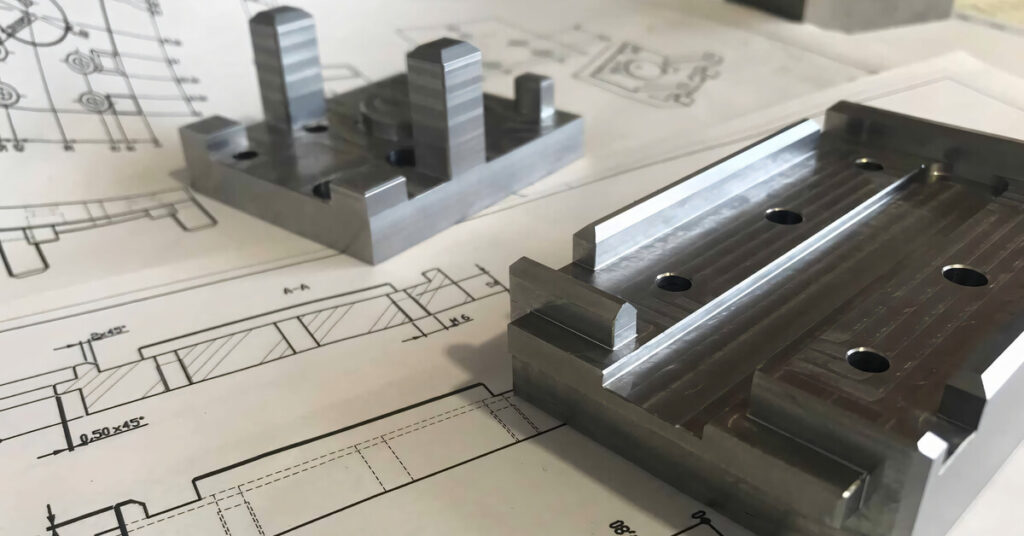
2.Types of Machining Fixtures and Their Applications
We have specialty machining fixtures. These custom machining fixtures are tailored to a specific part or assembly, ensuring optimal precision and repeatability.
They are perfect for high-volume production where consistency is critical. Then we have universal machining fixtures that can accommodate a wide variety of workpieces. They are ideal for small to medium-volume production or when part variety is critical.
Now that you have an understanding of the different types of machining fixtures, it’s time to consider something equally important: toolpath optimization. Careful planning of toolpaths and machining fixture design is essential to avoid collisions between cutting tools and machining fixture components.
But what about maintenance and troubleshooting? Regular cleaning and lubrication keep them in top condition. Regular inspections help identify and correct any signs of wear, damage or misalignment. When problems like slippage or misalignment occur, prompt troubleshooting minimizes downtime and keeps productivity soaring.
Innovation is always on the rise, and CNC machining fixtures are no exception. Want to 3D print your machining fixtures? Additive manufacturing can quickly prototype and create custom machining fixtures, reducing lead times. What about smart machining fixtures? With integrated sensors and monitoring systems, they can provide real-time feedback to improve process control and efficiency.
So what does the future hold for CNC machining fixtures? Get ready for the integration of artificial intelligence (AI), which will optimize fixture designs and toolpaths to increase efficiency and reduce material waste.
Let’s not forget sustainability. With environmental concerns growing, we’re focusing on eco-friendly materials and processes to minimize the environmental impact of fixture production. With these devices, you’ll be well on your way to mastering CNC machining.
3.Toolpath Optimization and Fixture Considerations
Toolpath optimization is key to achieving top-notch results in CNC machining. We don’t want any collisions between the cutting tool and the fixture components – that would be a disaster!
Therefore, careful planning of toolpaths and well-designed fixtures go hand in hand to ensure smooth operations. Fixture integration into CAM software comes into play here, streamlining the entire machining process.
Fixture maintenance and troubleshooting are also crucial. We can’t just ignore fixtures and expect them to always work flawlessly. Regular cleaning and lubrication are a must to prevent wear. And let’s not forget about inspections – regular inspections to identify any signs of wear, damage or misalignment are essential. Promptly addressing issues like slippage or misalignment is essential to minimizing downtime and maintaining productivity.
So, the next time you delve into CNC machining, remember the importance of collision avoidance and fixture integration. Keep those fixtures well-maintained and troubleshoot them immediately if problems arise.
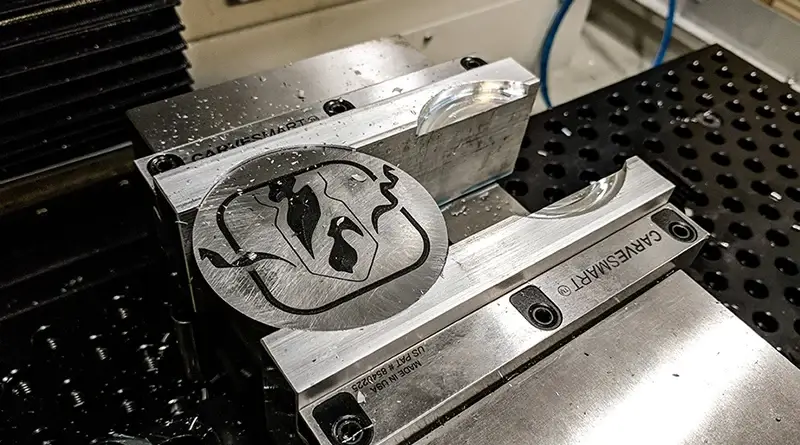
4.Fixture Maintenance and Troubleshooting
Fixtures play a vital role in CNC machining, holding the workpiece securely in place during machining operations. They are the unsung heroes behind CNC machining accuracy and repeatability. Machining fixtures require proper maintenance and troubleshooting to ensure consistent performance and longevity.
One of the essential tasks in machining fixture maintenance is cleaning and lubrication. Regular cleaning and lubrication of machining fixture components is essential to prevent wear and maintain clamping effectiveness. You certainly don’t want your machining fixtures to lose their grip and start slipping during machining, that would be disastrous! So, be sure to give them a little tender loving care.
Another important aspect of machining fixture maintenance is inspection. Regular inspections allow you to identify and correct any signs of wear, damage, or misalignment. Imagine if you didn’t catch the misalignment in time. This could result in costly mistakes and production delays. So keep a close eye on your machining fixtures and fix any issues before they escalate.
Of course, when it comes to troubleshooting, timely action is key. If you notice slippage, misalignment, or deformation, fix these issues immediately. Ignoring these issues will only lead to more downtime and lost productivity.
Maintaining and troubleshooting machining fixtures may not be the most glamorous part of CNC machining, but it is absolutely necessary. By caring for your machining fixtures, you can ensure that they continue to work effectively, allowing you to produce high-quality parts and save time and money.
All in all, fixture maintenance includes regular cleaning and lubrication, periodic inspections, and timely troubleshooting. So don’t neglect your fixtures! Give them the attention they deserve, and they’ll reward you with precise and efficient machining.
5.Innovations in CNC Machining Fixtures
1) 3D Printing of Fixtures
Say goodbye to traditional manufacturing methods, because 3D printing has made a splash into the world of CNC machining fixtures! This innovative technology allows for rapid prototyping and creation of custom fixtures, reducing lead times and increasing design flexibility.
Need a fixture with complex geometries or intricate designs? No problem! Just press a few buttons, and you’re done! Your fixture is ready for any machining challenge.
2) Smart Fixtures
If fixtures weren’t smart enough, now we have “smart fixtures” that add a whole new level of intelligence to the CNC machining game. These fixtures are equipped with sensors and monitoring systems that enable real-time feedback and process control.
They can detect any deviations in the machining process and make adjustments on the fly. It’s like having a fixture that thinks for itself! Smart fixtures increase efficiency, reduce errors, and ensure consistent quality.
In short, the world of CNC machining fixtures is undergoing a revolution. With 3D printing and smart fixtures paving the way, the possibilities are endless. So, jump on the innovation train and embrace these cutting-edge technologies to unleash the true power of CNC machining fixtures.
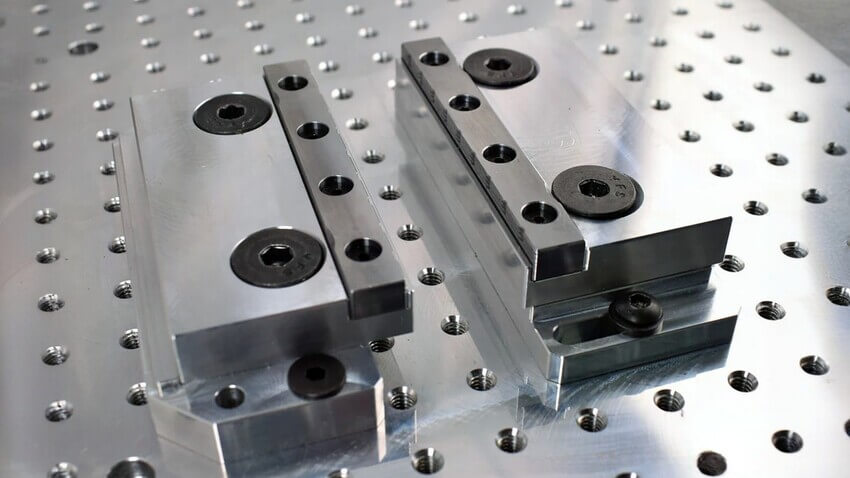
6.Future Trends in Fixture Technology
The evolution of fixture technology is the focus of improving efficiency and precision. This exploration of “Future Trends in Fixture Technology” aims to dissect the revolutionary shift that will redefine workholding solutions.
From enhanced automation to adaptive technology, this discussion leads the way forward for fixture technology to play a key role in optimizing manufacturing processes.
1) Artificial Intelligence (AI) Integration
As technology advances, AI is becoming an integral part of every industry, and CNC machining is no exception. The integration of AI with fixture technology opens up exciting possibilities for improving efficiency and reducing material waste.
AI-driven algorithms can optimize fixture design and tool paths, thereby increasing productivity. Imagine a world where fixtures can adjust and self-adjust based on real-time data and feedback. With AI, fixture design can be optimized to maximize efficiency, minimize errors, and reduce production costs.
It’s like having a genius fixture that can think and adapt on its own. AI integration into CNC machining fixtures is the future, and the possibilities are endless.
2) Sustainable Materials
With the growing demand for eco-friendly practices, sustainability in CNC machining fixtures is becoming more important. Manufacturers are now looking for materials that can be easily recycled or reused at the end of their lifecycle.
Sustainable fixture design considers the entire lifecycle of the fixture, from production to disposal. Using eco-friendly materials not only reduces environmental impact, but also demonstrates a company’s commitment to sustainability. So imagine a world where fixtures are not only efficient and precise, but also eco-friendly.
By adopting sustainable materials, CNC machining can become a greener and more responsible industry.
Fixture technology in CNC machining has a bright future, with AI integration and sustainable materials leading the way. These advancements will not only revolutionize the way we approach CNC machining, but will also promote a more efficient, cost-effective, and sustainable manufacturing industry.
So buckle up and get ready for a future where machining fixtures are smarter, greener, and more efficient than ever before.
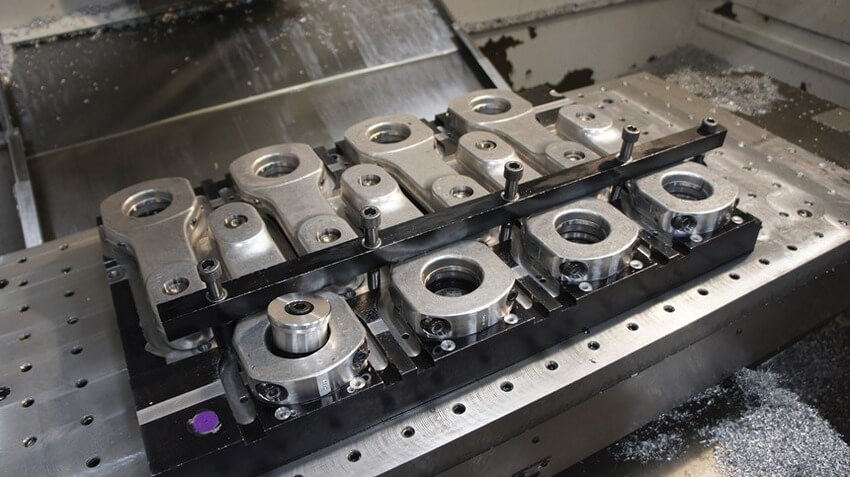
7.Workholding Technology for CNC Machines
In CNC machining, workholding technology is an important aspect of ensuring that the workpiece is securely held during the machining process. Let’s take a deep dive into the key technologies:
1) Machining Jigs and Fixtures
These custom-designed tools are like superheroes for workholding. They come to the rescue when you have a complex workpiece that needs precision machining. Machining jigs and fixtures hold the workpiece securely, allowing the CNC machine to work its magic with utmost precision.
2) Vacuum Suction Cups
Imagine – fragile, thin materials flying around during machining. Not if you have vacuum suction cups. These ingenious devices use suction to hold these fragile materials in place.
3) Magnetic Workholding
How to safely clamp ferrous workpieces? Magnetic workholding is the answer. These magnetic marvels use the power of magnets to clamp ferrous materials during machining. With magnetic workholding, you can say goodbye to time-consuming setups and increase efficiency.
So whether your workpiece is complex and requires a custom solution, or delicate and needs a gentle touch, CNC machining has the right workholding technology for the job. From machining jigs and fixtures to vacuum chucks and magnetic workholding, these technologies ensure your parts stay in place during machining.
Once you master these tips, you’ll be equipped to overcome any CNC machining challenge you encounter. So tighten the screws, fire up the machine, and let workholding technology work its magic.
8.Conclusion
In short, ensure precision and repeatability in your operations. Dedicated machining fixtures excel in high-volume production, while universal machining fixtures provide versatility for low-volume production. Modular machining fixtures accommodate a wide range of workpiece shapes.
Optimizing toolpaths and integrating machining fixture design are essential to achieving top-notch results. Regularly maintaining machining fixtures ensures consistent performance. Exciting advancements include 3D printing for rapid prototyping, sensors for real-time feedback, and AI-driven design. AI-optimized processing fixtures and environmentally friendly materials are expected to be realized in the future.
